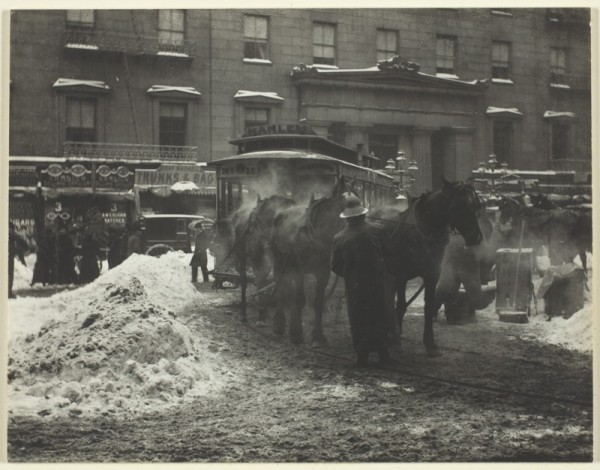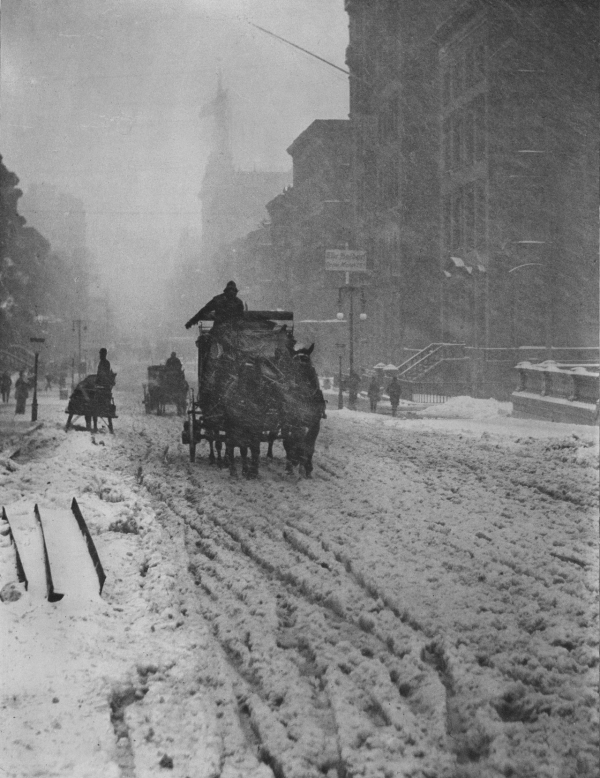The Art Institute of Chicago will exhibit Alfred Stieglitz and the 19th Century. Stieglitz helped to elevate photography to fine art and contributed to the Pictorialist movement.
Born on January 1, 1864, Stieglitz was educated among the New York elite. His German-Jewish father served as a Union Army lieutenant who moved the family to Europe in 1881. In 1882, the young Stieglitz enrolled in the Technische Hochschule in Berlin where he was impacted by chemistry professor Hermann Vilhelm Vogel. Vogel introduced Stieglitz to the study of photography. Stieglitz fell in with other artists who saw it as a means of directly incorporating nature into their works. Photography had been considered a technique, not an art in itself. He toured Europe with his camera and dedicated himself to learning and writing about its aesthetics. He returned to the US in the early 1890s and set out to devote his life (with initial help from dad) to photography as an art.
Concurrently, Pictorialism developed as an artistic photographic movement. Instead of viewing photography as a chemical process to represent an image, it used focus and manipulation as tools. The image was considered to be more representational than realistic. Pictorialism is considered to have had its heyday between 1885 and 1915.
Alfred Stieglitz and the 19th Century opens in Galleries 1-2 at the Art Institute on October 31, 2015, and runs through March 27, 2016. The exhibition features works from the Institute’s permanent collection.



There are no voices yet... Post-script us a message below, won't you?